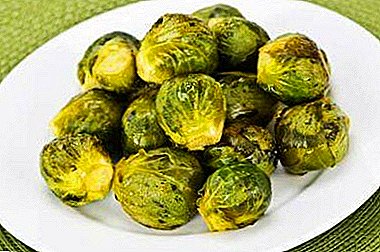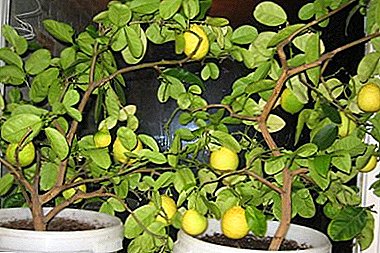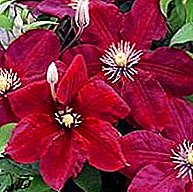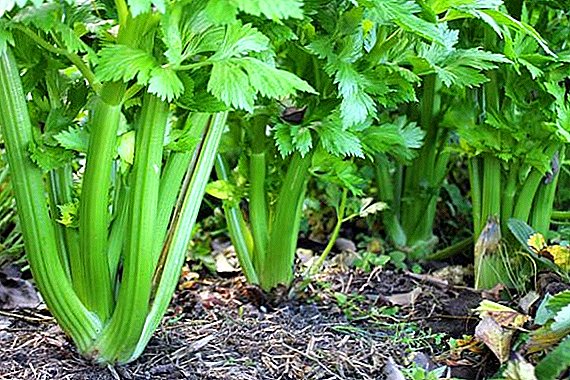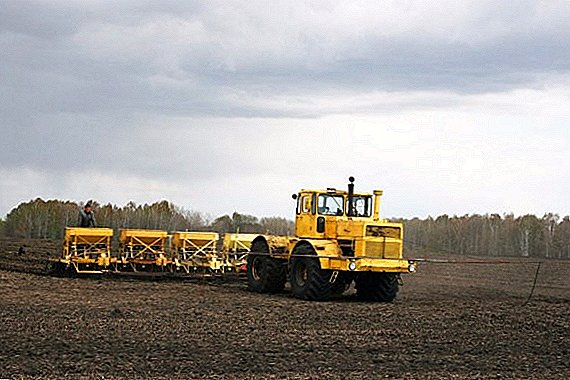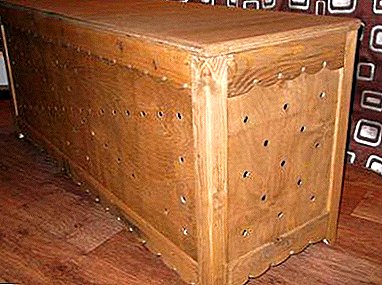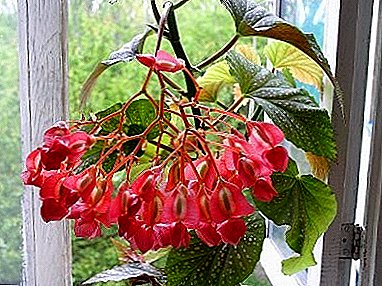
Coral begonia, arrived in our region from distant Brazil, may well become an ornament to any home. Caring for her is not difficult, but has some important features that should not be forgotten.
Tropical beauty will have the most spectacular view in a large pot on a stand. Place it in a prominent place to be able at any moment to admire the enchanting flowers of this plant.
Coral Begonia Description

The homeland of the above plant is Brazilbut you can also meet him in Central and South America. In natural conditions, it is a shrub whose height can reach two and a half meters. In indoor conditions, this perennial plant usually reaches ninety centimeters in height and forty to fifty centimeters in width. For this representative of the flora is characterized by the presence of a dense crown with a variety of form-shaped inflorescences. It has a bare, straight stalk, resembling a bamboo stalk. Leaves Coral begonias green with whitish or silver interspersed and fleshy. In the summer, their underside becomes reddish. Leaves are characterized by a jagged edge. Their value can reach twenty centimeters. The leaves of the Brazilian guest are oblong-egg-shaped. Coral begonia blooms in pink flowers.
Care coral begonia at home and photo
Planting (what time of year and how best to plant)
Planting this representative flora is best done in spring or summer. For this you need a wide, medium-sized pot. Put it on the bottom large drainagewhich needs to be filled with in advance prepared soil. The soil should consist of equal parts of leafy soil, sand and sod land. In the center of the pot make a groove and place a cutting with roots in it, positioning it directly or at a slight inclination. Pour stalk with soil, slightly tamping it with your fingers. After planting, the flower should be poured abundantly, which will help you check the functioning of the drainage.
Priming
If you want your begonia to feel good, it should grow in loose nutrient soil that is well breathable. Special soil mix for this type of plants you can buy in any flower shop or make yourself. To make the soil looser, you can add vermiculite, perlite, or regular granular foam. As the drainage should be used expanded clay or pebbles.
Pot selection (material, diameter, etc.)

The main requirements for the pot, which will grow a Brazilian princess, are the ability water flow, poor heat conductivity, strength and stability. Best of all, it will feel in pottery, the width of the top of which exceeds the width of the bottom. Initially, begonia can be planted in a pot whose diameter is three to four centimeters larger than the size of its root system, and with each transplant, choose a larger pot.
Watering
In the summer coral begonia needs sufficiently abundant and regular watering, which will help prevent the earthen coma from drying out.
In winter, the frequency of watering your pet depends on how close it is to the central heating battery. For irrigation, it is desirable to use separated and slightly heated water.
Light mode

Coral begonia loves sunshine, but exposure to the direct rays of the summer sun can lead to plant burns. In winter time In the mornings and evenings, begonia is recommended to be exposed in direct sunlight, since their lack can be fraught with leaf fading. You can place a pot with a tropical beauty in every corner of your apartment, but you should not put it on the windowsill on the south side.
Pruning begonia coral
An important point in the care of a plant is the formation of it in the form of a bush. For this, do not forget regularly pinch her stalksthat will help the formation of lateral shoots.
Thermal mode
The optimum temperature for a tropical beauty is eighteen. up to twenty four degrees Celsius. It is extremely undesirable for her to be in a room where the air temperature does not exceed fifteen degrees Celsius. To maintain optimum air humidity, it is necessary to spray the pots near the begonia or the air around it.
Do not allow water to fall on the leaves, as this is fraught with the appearance of ugly spots on them.
A photo
Next you will see a photo of the plant:




Reproduction (breeding methods)
- This representative of the plant world can multiply:
- seeds
- cuttings
- dividing the bush
The most common method of breeding coral begonia is grafting. To use it, it is necessary to cut from the plant in spring and summer with a knife not flowering stems, the length of which must be at least ten centimeters, under the bottom sheet. The lower leaves should be cut off, and the cuttings should be placed in small containers, pre-filled with a mixture of wet peat and coarse sand, taken in equal parts.
Water the cuttings, and then cover them with plastic wrap, fixing it on the pots with a rubber band. Before the roots of the cuttings should be placed in a room where the air temperature is at the level of eighteen degrees Celsius.
Plant lifespan
On average, a guest from the tropics lives for about four to five years, but if she does breeding with stem cutting, she can live much longer.
Fertilizer / feeding
In spring and summer, your pet should be fed with phosphate fertilizer having half the concentration. This should be done once every two weeks.
Transplant (when it is necessary to transplant)
During the growth period, the coral begonia should be transplanted into a larger pot every spring. Transplanting an adult plant should be carried out as needed.
It is recommended to transplant begonias the next day after watering.
You should not replant this representative of the flora immediately after watering or in the case when the plant needs it at the moment. It is not recommended to replant the plant, staying in the flowering period.
Flowering (when flowering, flowering time)
Coral begonia usually blooms from spring to autumn, but with proper care, it can please its owners with beautiful flowers throughout the year.
Pests and diseases, control methods and treatment
Excessive moistening of the soil of this plant species and finding it in rooms with low air temperature can cause the plant to suffer from gray rot or powdery mildew. This is evidenced by the appearance of brown or gray spots on the leaves. If such signs are detected, immediately remove all affected pests from the plant and spray it with fungicide preparations. For this purpose, you can use the "Topaz" or "Vektru". After treatment, do not forget to ensure that begonias have the right watering and temperature conditions.
If the flower is located in a room with dry air, it can hit spider mite. To get rid of it, it is necessary to dilute one vial of "Karate" in two liters of water and spray the leaves with this solution.
If an aphid infects a flower, it is necessary to spray it with tobacco infusion per twenty grams per liter of water.
Coral begonia can not be called fastidious, so it has gained wide popularity among fans of indoor floriculture. If you are not too lazy to carefully study the basic rules of care for the Brazilian beauty, this plant will thank you for the appearance of beautiful pink flowers.
Remember that coral begonia's main enemies are excessive watering, dry air and low temperatures.
Useful material
Below is a list of articles that may be of interest to you.
- Types of begonias:
- Evergreen begonia
- Red Begonia
- Begonia Elatio
- Begonia terry
- Begonia bower
- Begonia meson
- Begonia Borschavikolistnaya
- Begonia Ampelnaya
- Cleopatra Begonia
- Royal Begonia
- Spotted Begonia
- Deciduous Begonia
- Begonia Vorotnykovaya
- Care Tips:
- All the subtleties of home care for Tuberous Begonia
- Wintering of the tuberous begonia
- All about Begonia landing - from A to Z
- Pruning Begonias
- Diseases and pests Begonias
- Wintering Garden Begonias
- Breeding Begonias
- Flowering Begonias
- Garden Begonia Care


